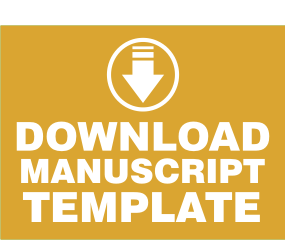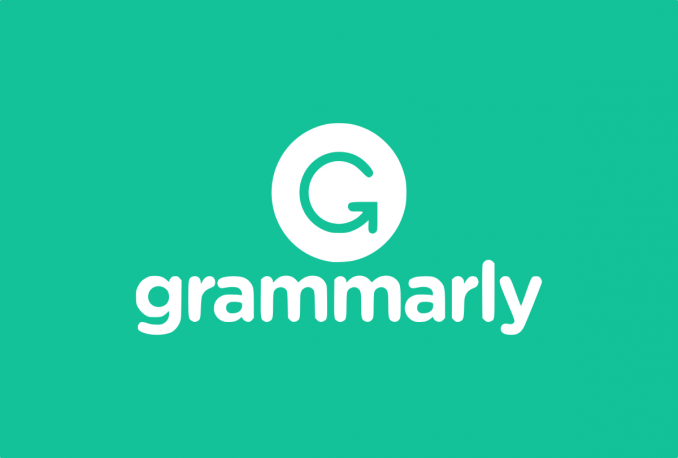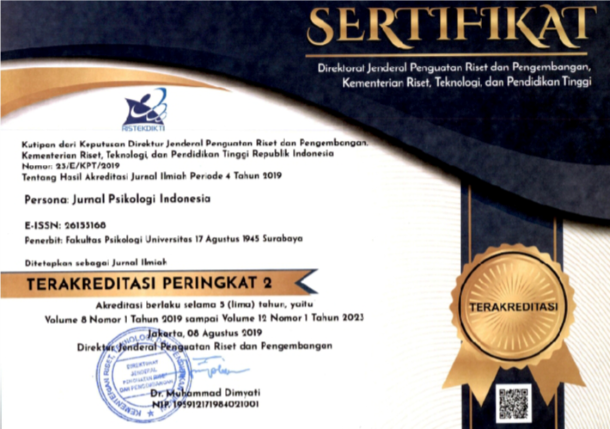The Impact of Pay and Perquipment on Worker Performance at UD Nilam Sari Nganjuk
Abstract
This study examines the impact of pay and perquisites on worker performance at UD. Nilam Sari Nganjuk. The research aims to identify the extent to which financial compensation and non-financial benefits influence employees' productivity and job satisfaction. Using a quantitative research design, data were collected through surveys distributed to 50 employees of the company. The findings indicate a significant positive relationship between pay and worker performance, suggesting that competitive salaries motivate employees to perform better. Similarly, the provision of perquisites, such as bonuses, allowances, and welfare benefits, was found to enhance employee satisfaction and overall productivity. The study concludes that optimizing both pay and perquisites can serve as a strategic tool to boost worker performance and organizational effectiveness. Recommendations for the company include periodic salary reviews and the introduction of innovative employee benefits to sustain motivation and improve performance.
Keywords : Worker Performance, Financial Compensation, Non-Financial Benefits, Job Satisfaction, Productivity
Downloads
Copyright (c) 2024 Nurul Nur Aini, Meme Rukmini, Nonni Yap

This work is licensed under a Creative Commons Attribution 4.0 International License.
Authors whose manuscript is published will approve the following provisions:
- The right to publication of all journal material published on the JEM17: Jurnal Ekonomi Manajemen website is held by the editorial board with the author's knowledge (moral rights remain the property of the author).
- The formal legal provisions for access to digital articles of this electronic journal are subject to the terms of the Creative Commons Attribution-ShareAlike (CC BY-SA) license, which means JEM17: Jurnal Ekonomi Manajemen reserves the right to store, modify the format, administer in the database, maintain and publish articles without requesting permission from the Author as long as it keeps the Author's name as the owner of Copyright.
- Printed and electronically published manuscripts are open access for educational, research, and library purposes. In addition to these objectives, the editorial board shall not be liable for violations of copyright law.


















